
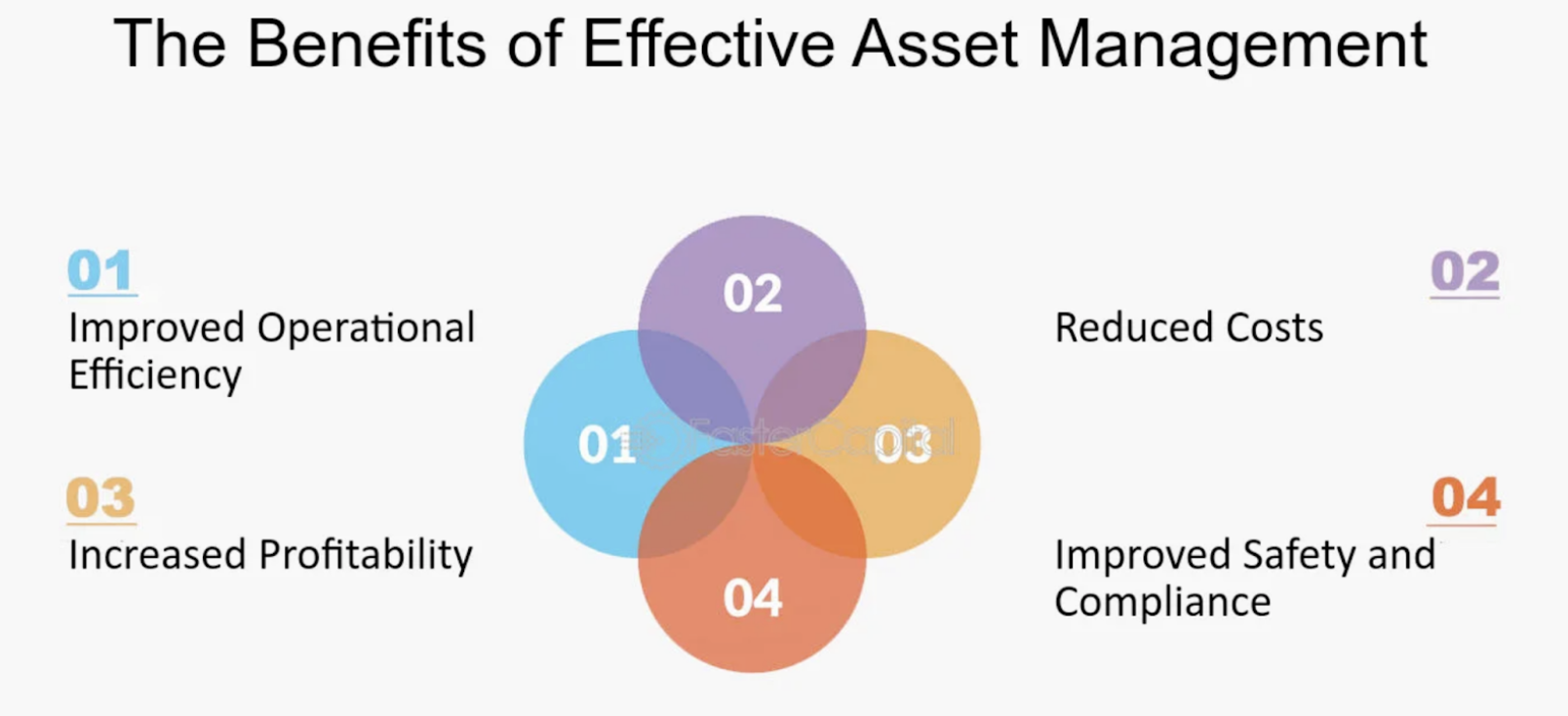 Source: Faster Capital
Source: Faster Capital
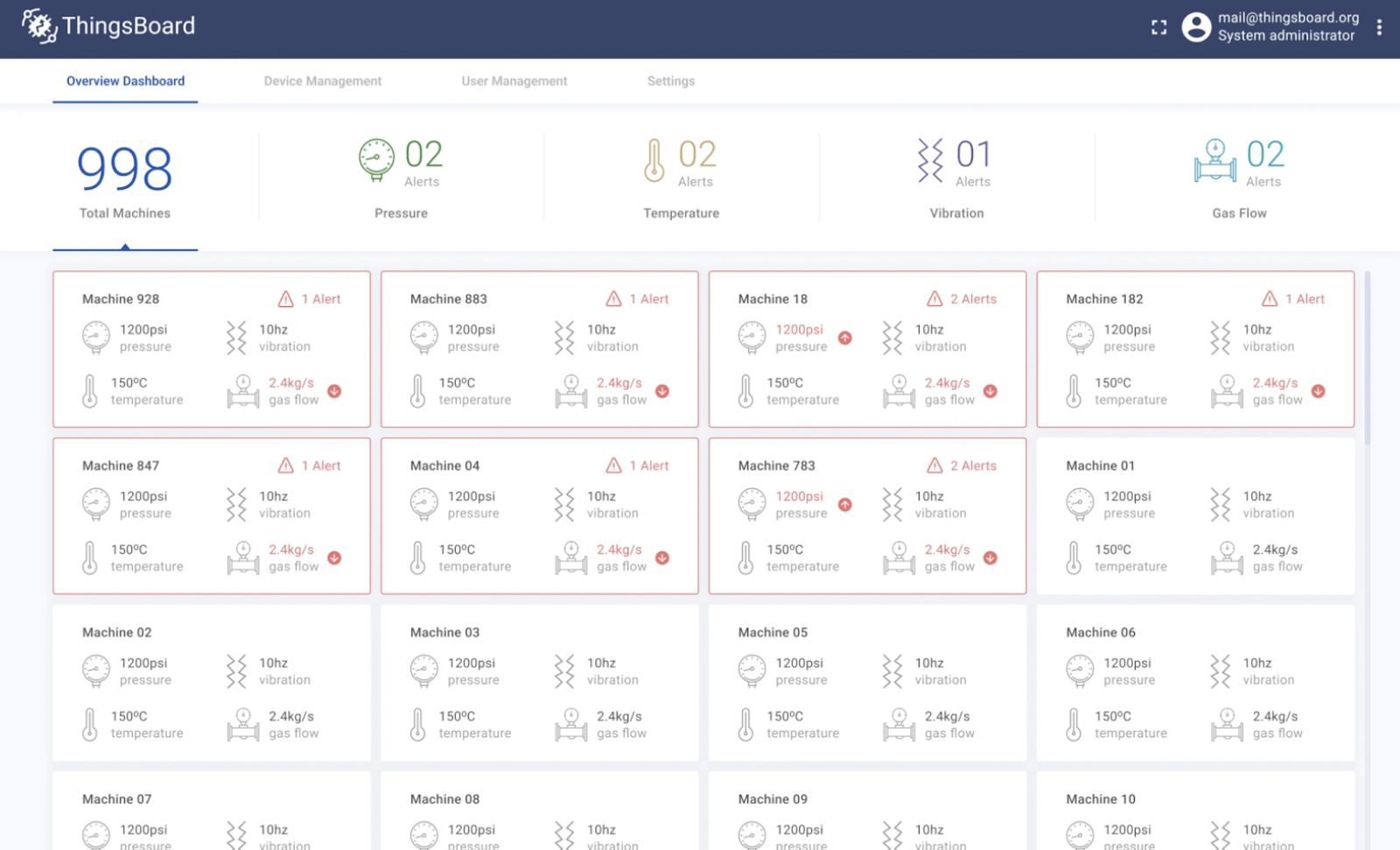 Example of an asset management tracking dashboard.
Source: Things Board
Example of an asset management tracking dashboard.
Source: Things Board
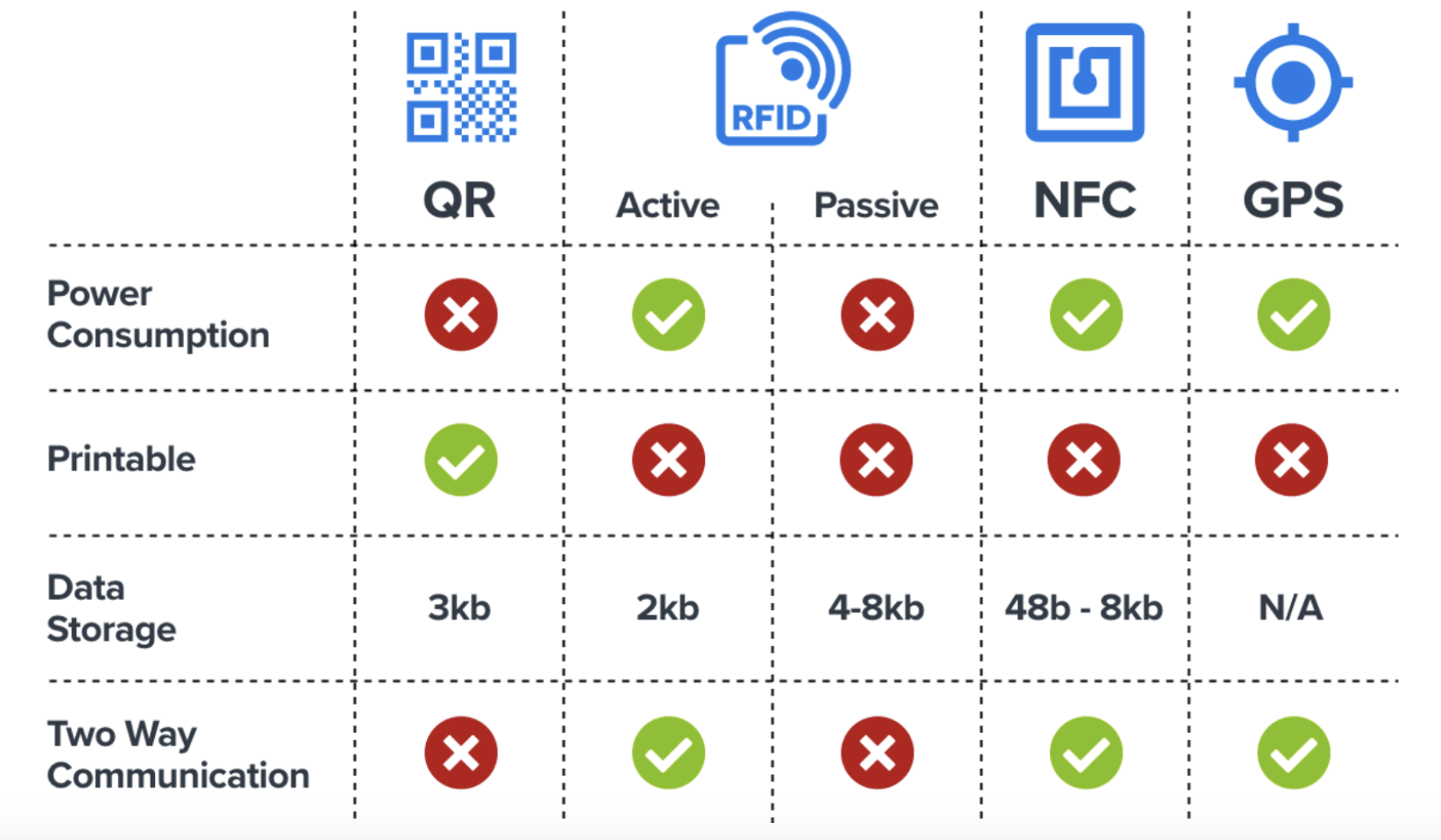 Comparison of common asset tracking technologies by key features.
Source: Expansive
Comparison of common asset tracking technologies by key features.
Source: Expansive
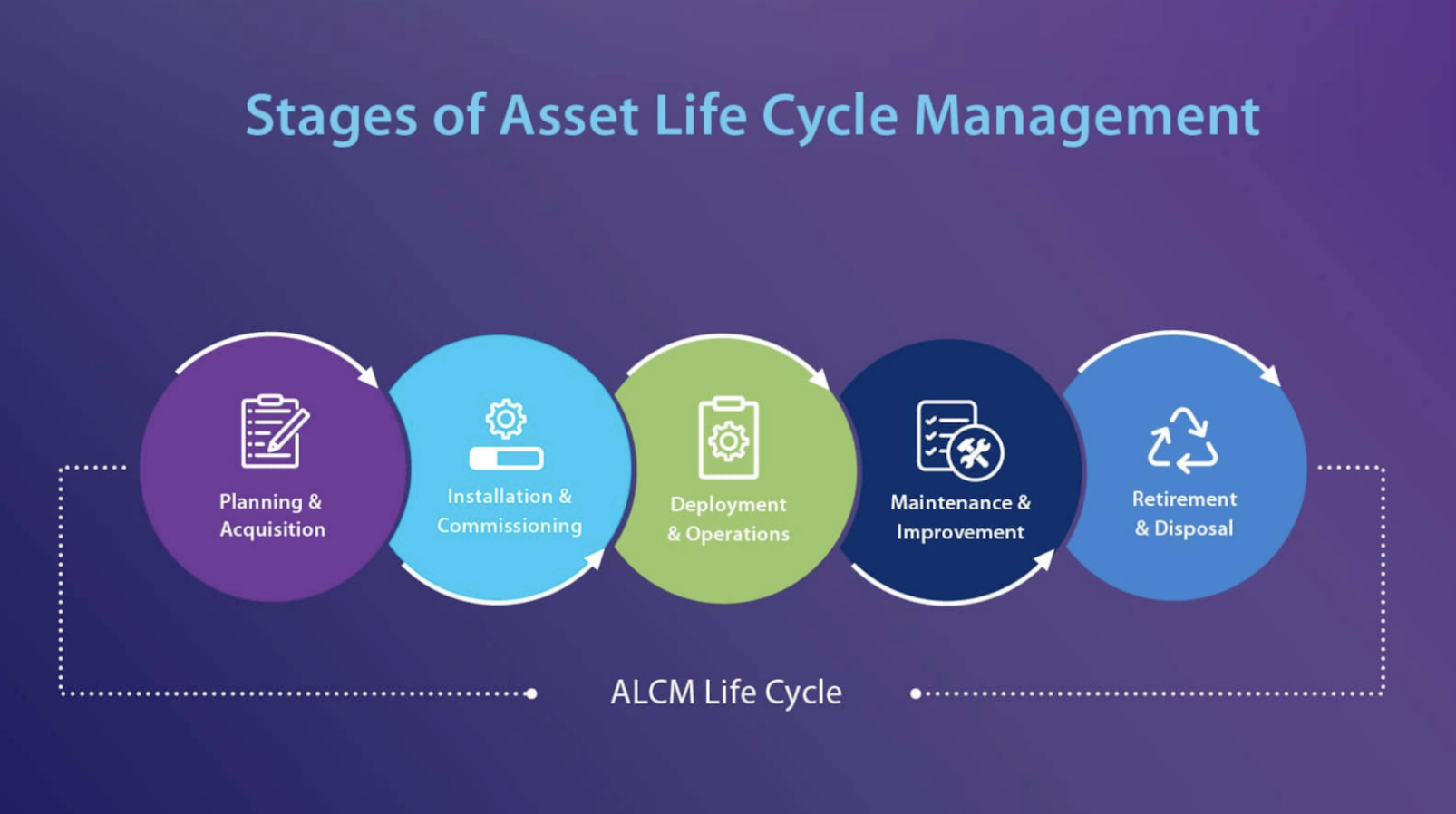 Source: ServiceChannel
Source: ServiceChannel

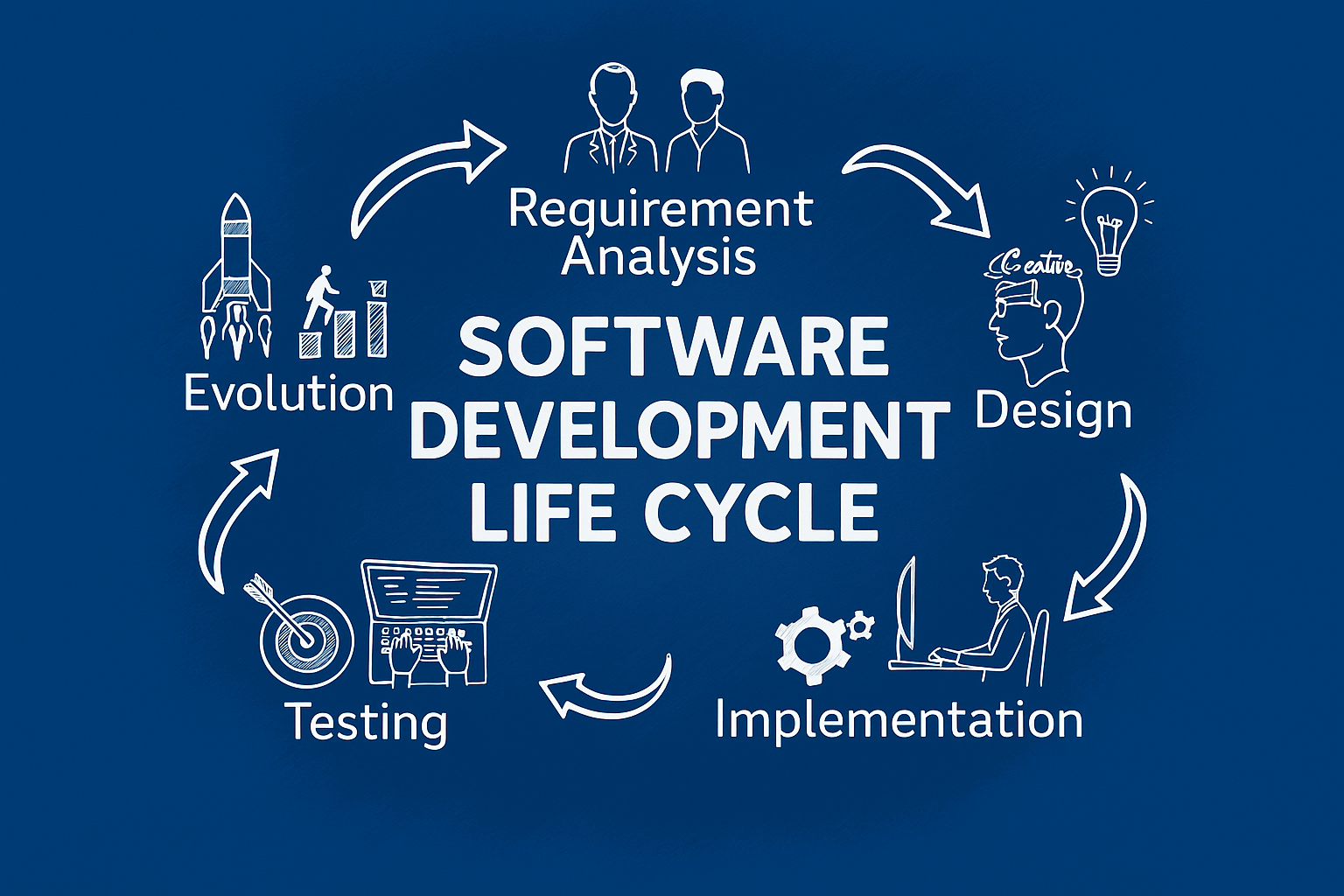


We use cookies to enhance your browsing experience, serve personalized ads or content, and analyze our traffic. By clicking "Accept All", you consent to our use of cookies.